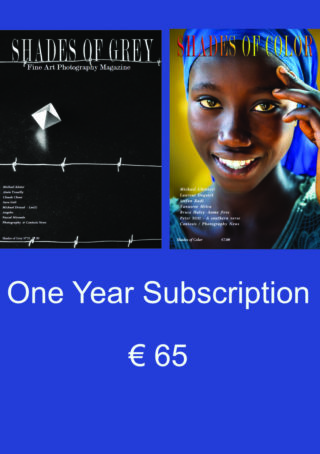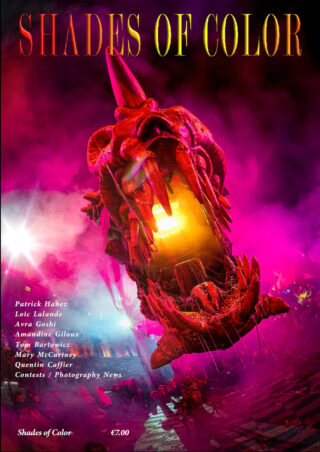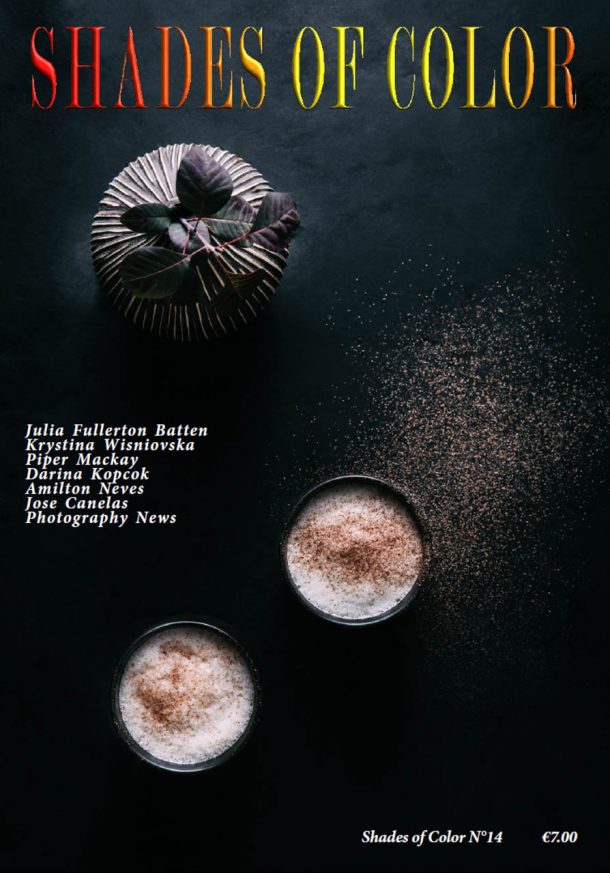The World Press Photo Foundation announced the results of its renowned contests, the 61st annual World Press Photo Contest and the 8th annual World Press Photo Digital Storytelling Contest, at its annual Awards Show in Amsterdam.
- The jury of the 2018 Photo Contest selected Venezuelan photographer Ronald
Schemidt’s image as the World Press Photo of the Year
The World Press Photo of the Year
The World Press Photo of the Year honors the photographer whose visual creativity and skills made a picture that captures or represents an event or issue of great journalistic importance in the last year.
The jury, chaired by Magdalena Herrera, awards the prize to Ronaldo
Magdalena Herrera, director of photography Geo France and chair of the jury, said about selecting the World Press Photo of the Year:
“The photo of the year has to tell an event, that is important enough, it also has to bring questions…it has to engage and has to show a point of view on what happened in the world this year.”
She describes the winning photograph: “It’s a
Jury member Whitney C. Johnson, deputy director of photography National Geographic, also added: “It’s quite symbolic, actually. The man, he has a mask on his face. He’s come to sort of represent not just himself and himself on fire, but sort of this idea of Venezuela burning.”
Jury member Bulent Kiliç, chief photographer Turkey Agence France-Presse, also added: “And there is one small detail in the picture. There was a gun on the wall. It reads “
Jury member Eman Mohammed,
Also nominated for the World Press Photo of the Year are (in alphabetical order by
Rohingya Crisis
Patrick Brown, Australia, Panos Pictures, for Unicef
Boko Haram Strapped Suicide Bombs to
Adam Ferguson, Australia, for The New York Times
Witnessing the Immediate Aftermath of an Attack in the Heart of London
Toby Melville, UK, Reuters
The Battle for Mosul – Lined Up for an Aid Distribution
Ivor Prickett, Ireland, for The New York Times
The Battle for Mosul – Young Boy Is Cared for by Iraqi Special Forces Soldiers
Ivor Prickett, Ireland, for The New York Times
New announcement process this year
The foundation announced the nominees in each category of the Photo Contest, the Digital Storytelling Contest, and the six nominees for the World Press Photo of the Year on 14 February. All winners, including the World Press Photo of the Year, were revealed at the Awards Show in Amsterdam.
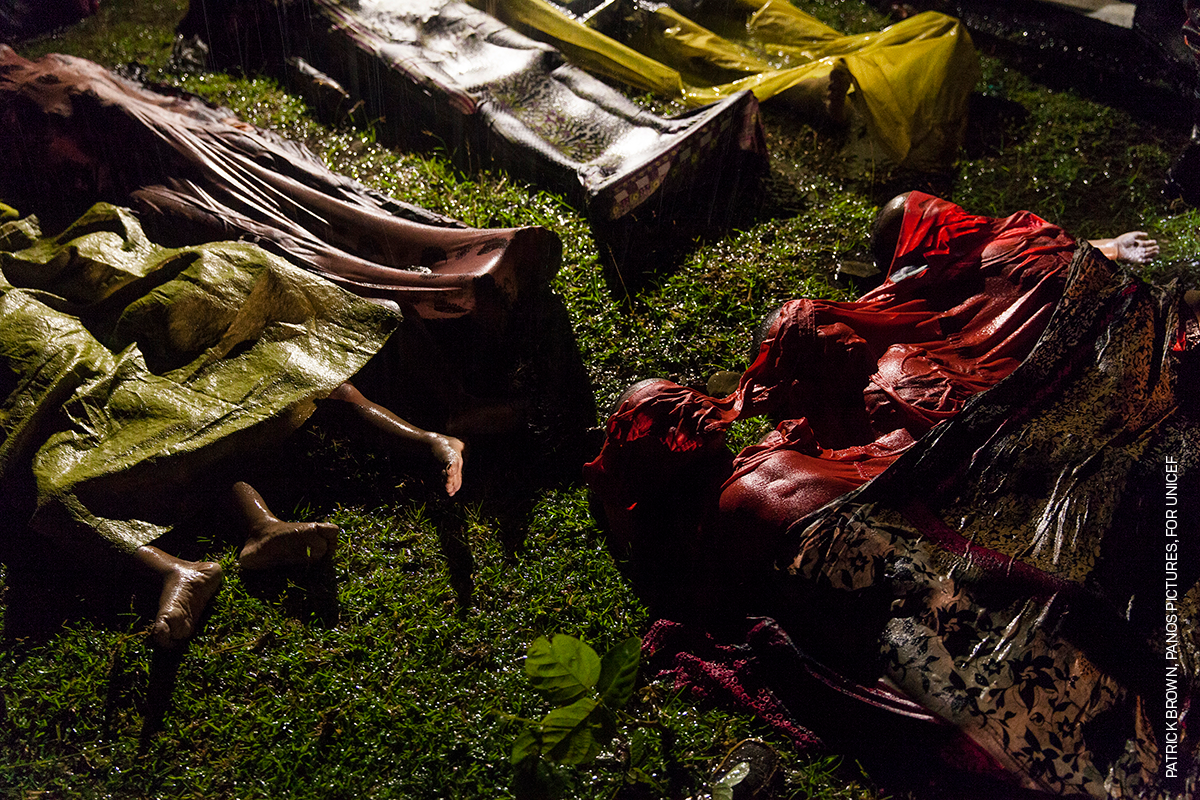
Patrick Brown Panos Pictures_for Unicef
28 September 2017
The bodies of Rohingya refugees are laid out after the boat in which they were attempting to flee Myanmar capsized about eight kilometers off Inani Beach, near Cox’s Bazar, Bangladesh. Around 100 people were on the boat before it capsized. There were 17 survivors.
Story:
The Rohingya are a predominantly Muslim minority group in Rakhine State, western Myanmar. They number around one million people, but laws passed in the 1980s effectively deprived them of Myanmar citizenship. Violence erupted in Myanmar on 25 August after a faction of Rohingya militants attacked police posts, killing 12 members of the Myanmar security forces. Myanmar authorities, in places supported by groups of Buddhists, launched a crackdown, attacking Rohingya villages and burning houses. According to the UNHCR, the number of Rohingya that subsequently fled Myanmar for Bangladesh reached 500,000 on 28 September.
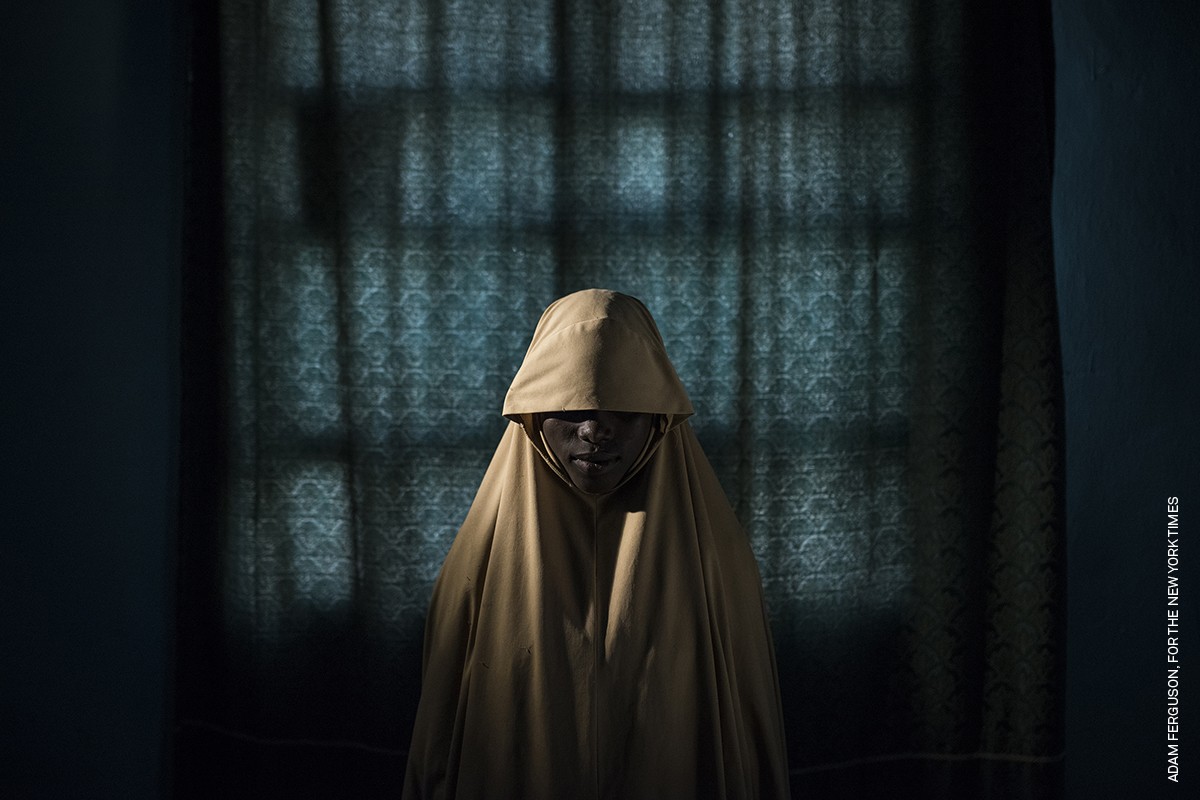
Adam Ferguson for The New York Times
Aish21 September 2017a, aged 14.
Portraits of girls kidnapped by Boko Haram militants, taken in Maiduguri, Borno State, Nigeria.
The girls were strapped with explosives, and ordered to blow themselves up in crowded areas, but managed to escape and find help instead of detonating the bombs. Boko Haram—a Nigeria-based militant Islamist group whose name translates roughly to ‘Western education is forbidden’—expressly targets schools and has abducted more than 2,000 women and girls since 2014. Female suicide bombers are seen by the militants as a new weapon of war. In 2016, The New York Times reported at least one in every five suicide bombers deployed by Boko Haram over the previous two years had been a child, usually a girl. The group used 27 children in suicide attacks in the first quarter of 2017, compared to nine during the same period the previous year.
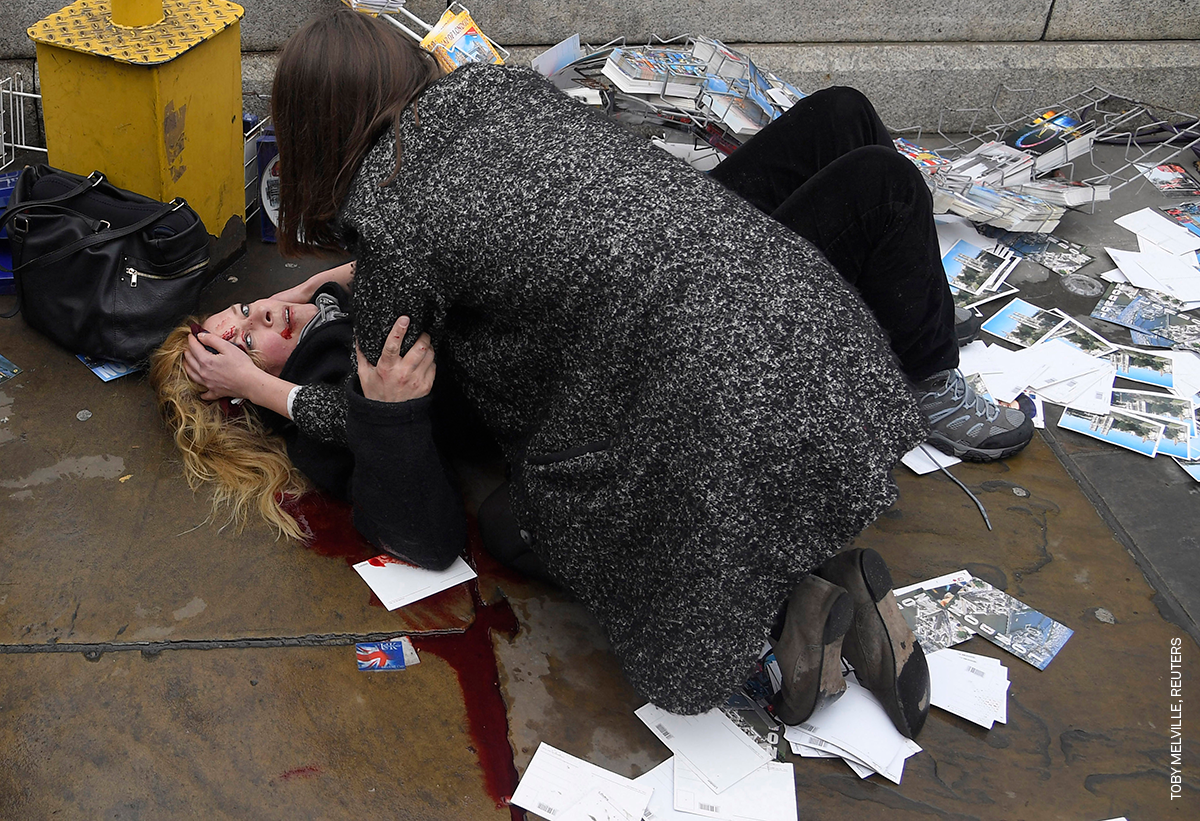
Toby Melville Reuters
22 March 2017
A passerby comforts US tourist Melissa Cochran, injured in an attack on pedestrians at Westminster Bridge in London, UK. Melissa survived, but lost her husband, Kurt, in the attack.
Story:
On 22 March, Khalid Masood drove a rented SUV along the sidewalk of Westminster Bridge, near the British Houses of Parliament in central London. Three people were killed instantly, and two more died in the days after the attack; at least 40 were injured. Armed with two knives, Masood left the car and attempted to enter the grounds of parliament, where he fatally stabbed one of the policemen who tried to stop him, before being shot and killed. Born Adrian Russell Elms in Kent, UK, Masood changed his name when he converted to Islam. Although ISIS claimed responsibility for the attack the following day, police investigating found no evidence of any links between Masood and either ISIS or al-Qaeda.
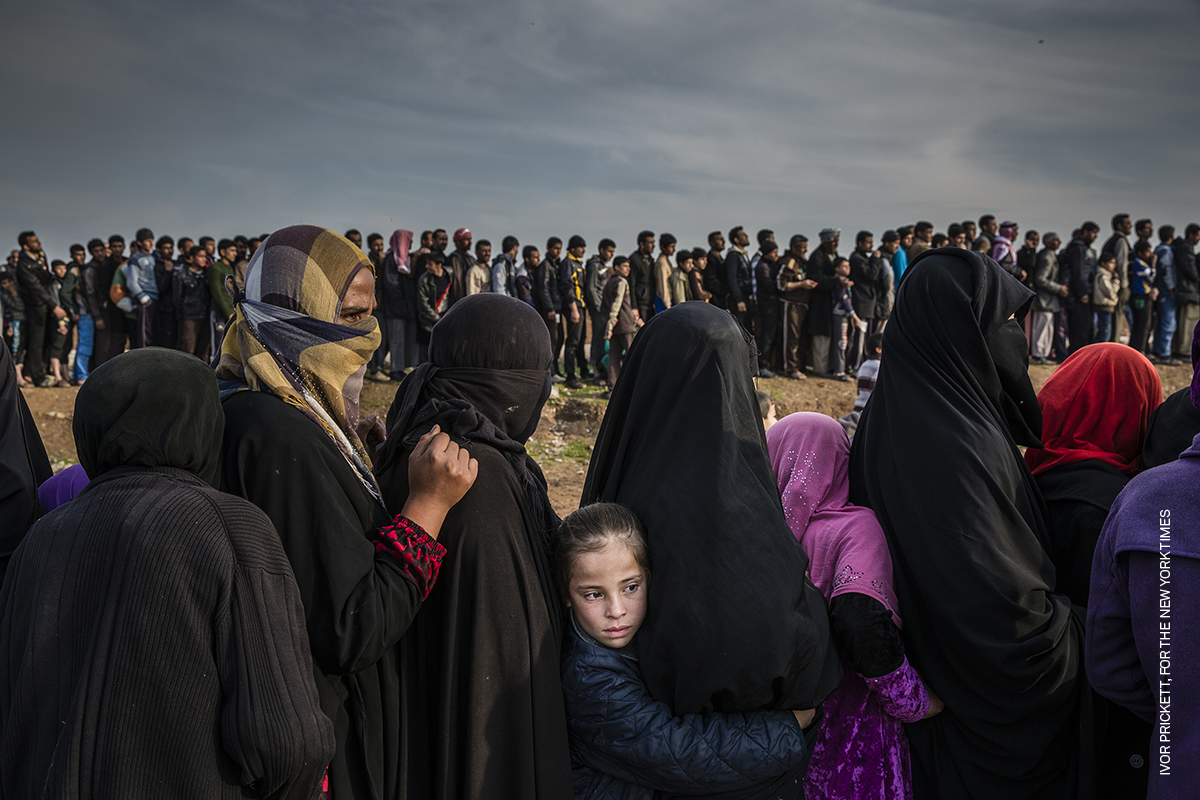
Ivor Prickett for The New York Times
|
15 March 2017 Civilians line up for aid distribution in the Mamun neighborhood of west Mosul. On 10 July 2017, after months of fighting, the Iraqi government declared the city of Mosul fully liberated from ISIS, although fierce fighting continued in pockets of the city. Mosul had fallen to ISIS three years earlier, and the battle to retake it had begun in October 2016. In effect, the reconquering of Mosul comprised two parts: the battle for the eastern half of the city, and that for the west, across the Tigris River. East Mosul was recaptured by the end of January 2017, but the offensive on west Mosul, particularly the densely built-up Old City, proved more difficult. Large areas of the city were left in ruins, and huge numbers of civilians were caught in the crossfire as A United Nations report gives an absolute minimum of 4,194 civilian casualties during the conflict, with other sources putting the figure much higher. The Office of the UN High Commissioner for Human Rights pointed to After months of being trapped in the last remaining ISIS-held areas of the city, the people in west Mosul were severely short of food and water. Those who chose to remain in the city rather than go to one of the many camps for displaced |


